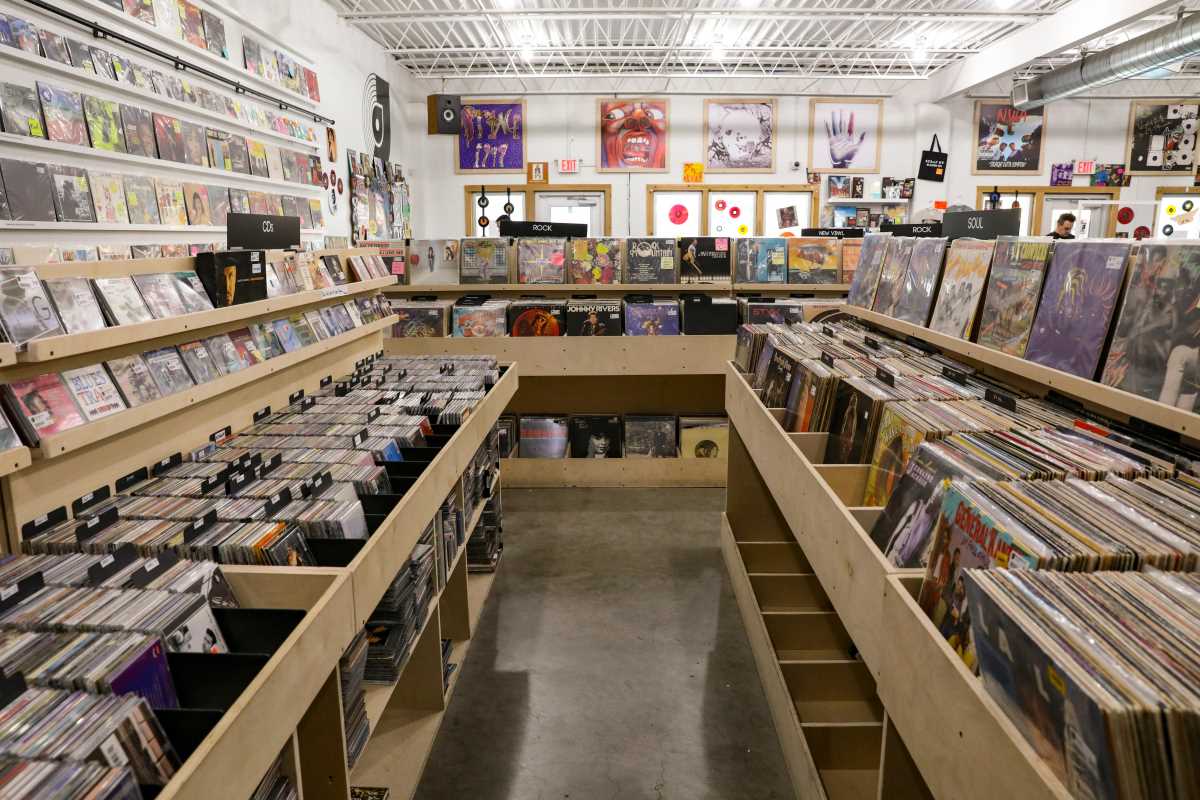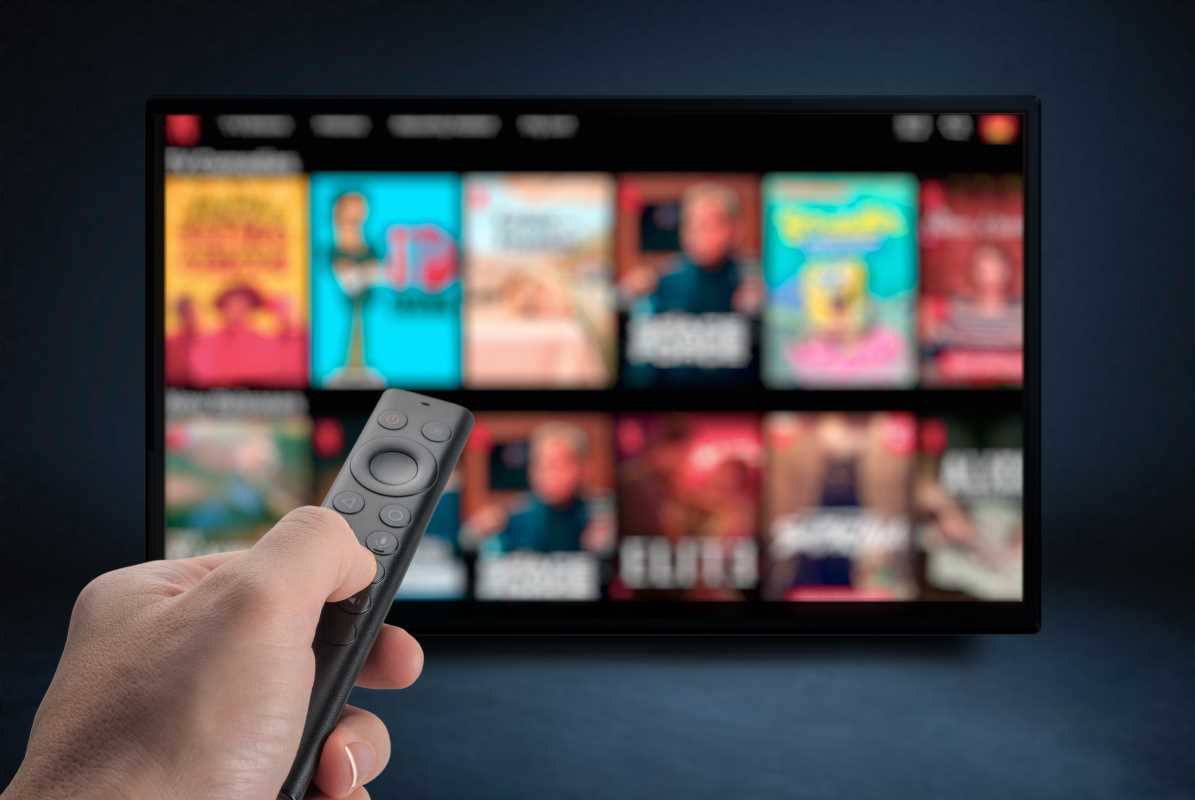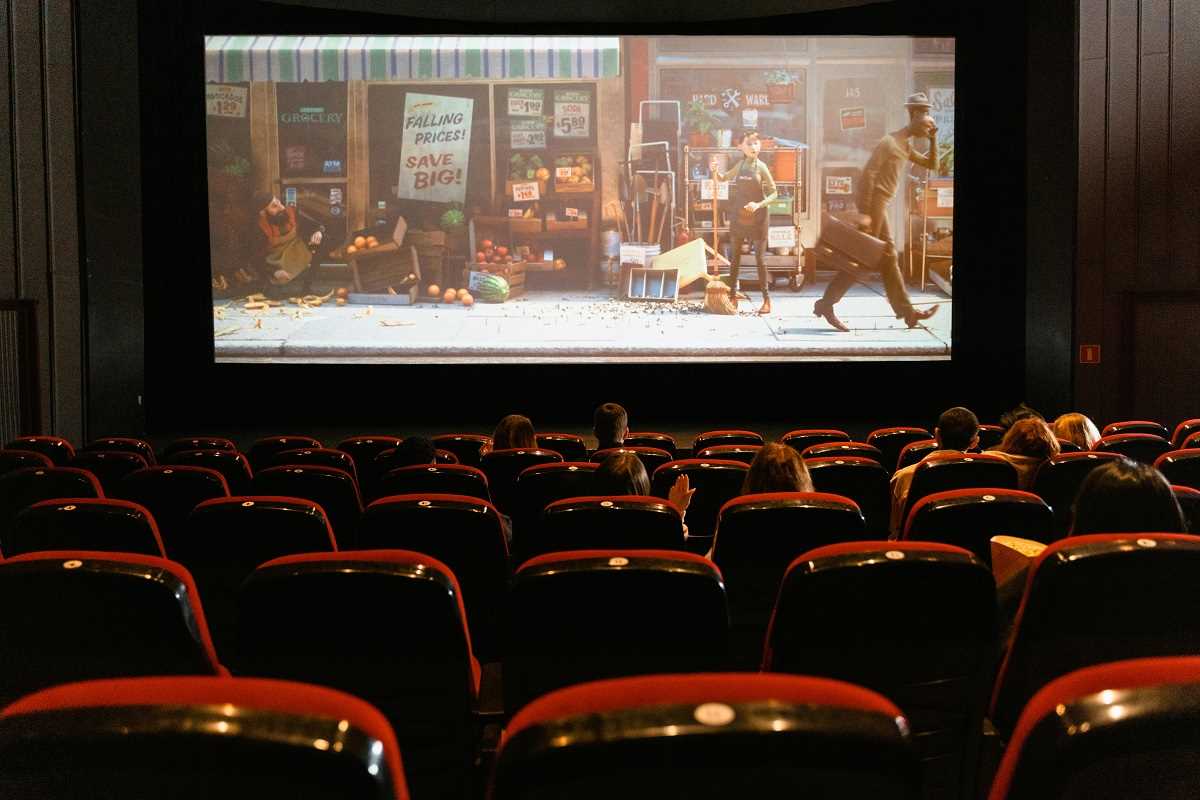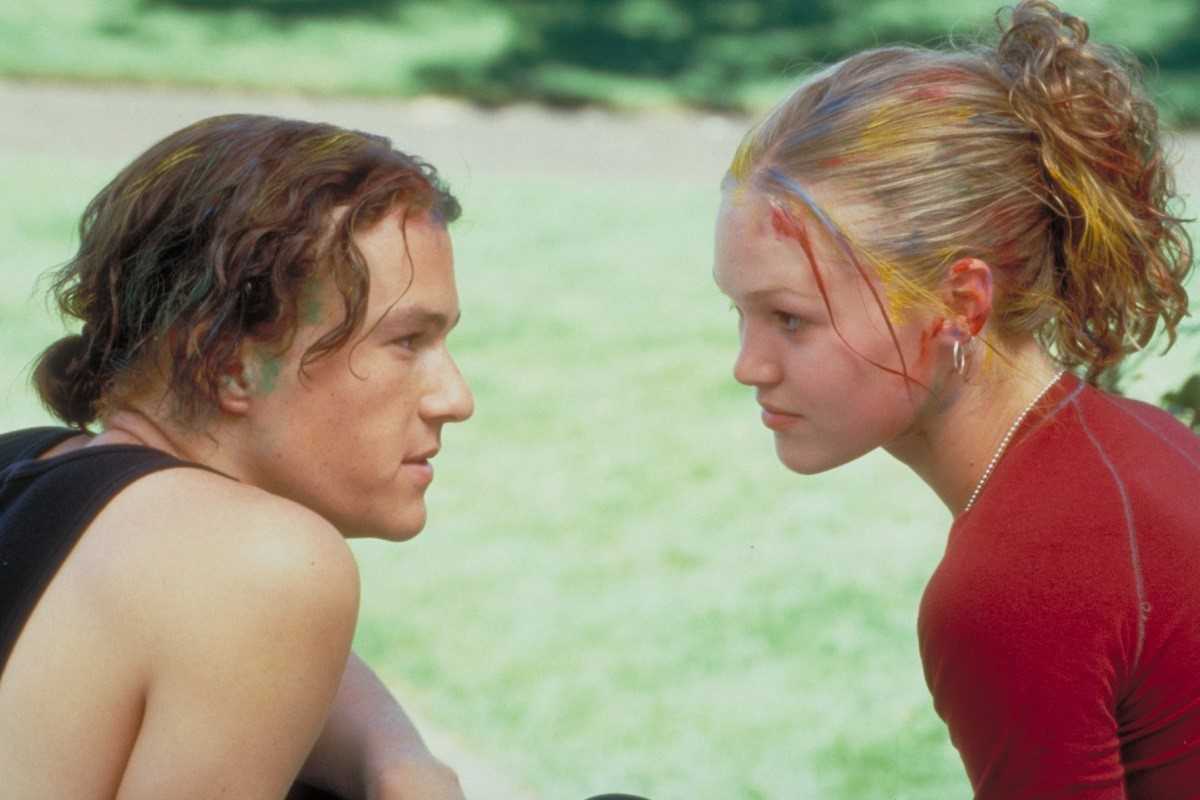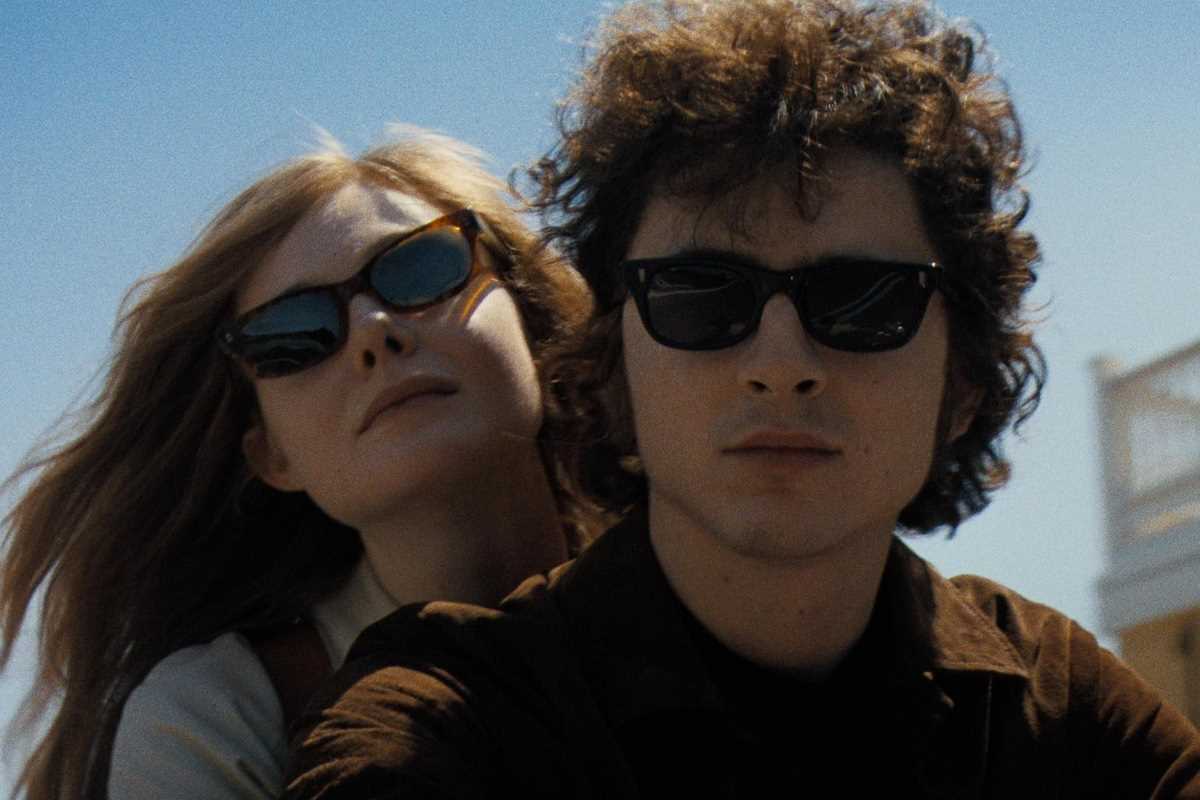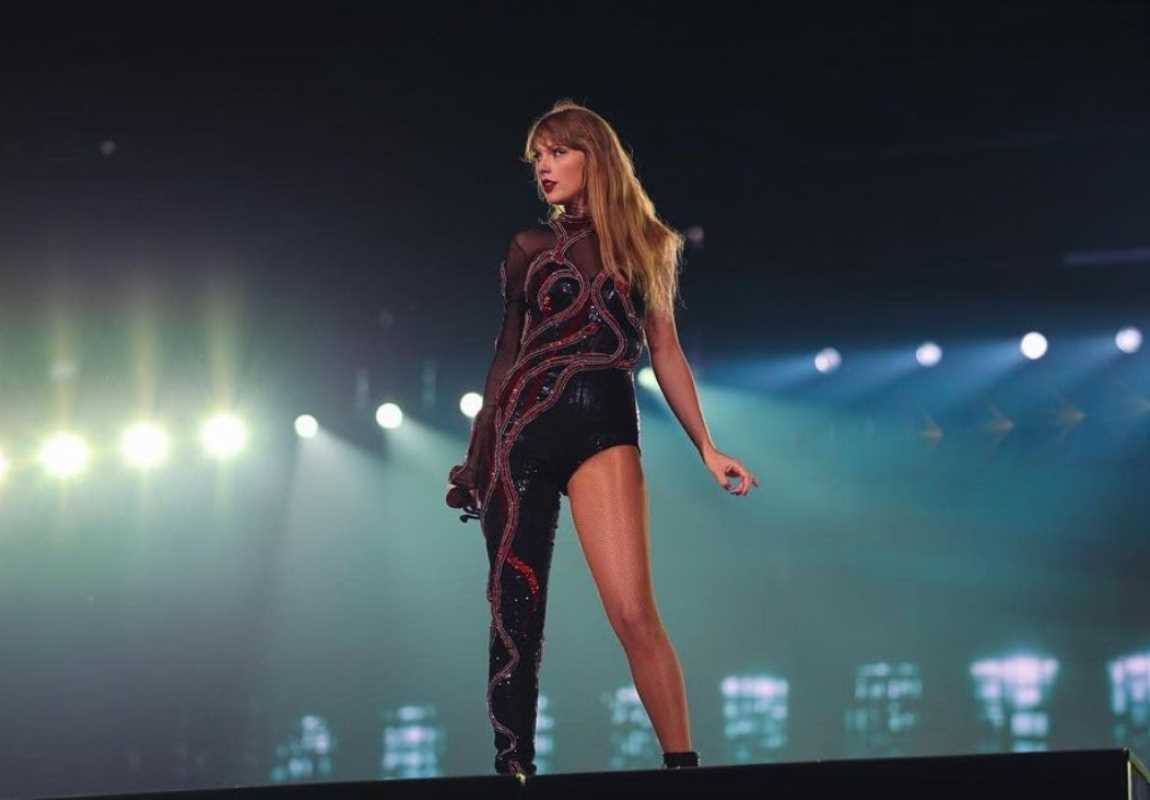Music thrives on innovation, and some of the most exciting moments in the industry come from cross-genre collaborations. When artists from different musical styles join forces, they create something fresh—blending sounds, ideas, and audiences in ways that challenge boundaries while captivating listeners. These partnerships are not just about making a hit track; they’re about reshaping the soundscape and broadening horizons for both the artists and their fans. Here, we’ll explore some noteworthy cross-genre collaborations, including work by Lana Del Rey, Taylor Swift, hip-hop artists, and many others who have embraced these creative experiments.
Lana Del Rey’s Ethereal Touch Meets Hip-Hop
Lana Del Rey’s dreamy vocals and vintage aesthetic might seem worlds apart from the beats and flow of hip-hop, but she has repeatedly shown how well these two genres can blend. Her collaboration with A$AP Rocky resulted in tracks like “Summer Bummer” and “Groupie Love,” where Lana’s signature melancholy vibe complements the rapper’s slick verses.
These songs reflected a seamless fusion of styles—Lana’s haunting melodies paired with minimalistic hip-hop beats created an atmospheric listening experience. Her ability to adapt into this realm highlights the universal nature of her artistry while introducing her audience to the hip-hop world.
Another time Lana dipped into the hip-hop universe was during her work with The Weeknd on “Lust for Life.” The track balances wistful introspection with a slick R&B edge, showing how cross-genre collaborations can elevate a song into something universally appealing.
Taylor Swift and the Genre-Bending Journey
Taylor Swift is no stranger to reinvention, and her career is packed with bold collaborations that transcend genre constraints. Starting as a country darling, Swift eventually conquered pop, and along the way, she ventured into new territories through strategic partnerships.
Her 2021 collaboration with hip-hop’s own Kendrick Lamar on the remix of “Bad Blood” was not only unexpected but created a buzz that expanded her audience. The track reimagines Swift’s pop anthem with Lamar’s powerful verses, adding lyrical depth and grit, which resonated with hip-hop fans.
Another interesting genre-bender was her work with Bon Iver on the folklore album. The emotionally charged duet “exile” fuses Swift’s storytelling with Justin Vernon’s indie-folk sensibilities, resulting in a track that feels raw and profoundly human. These collaborations underscore Taylor’s ability to bridge genres while remaining authentic to her narrative style.
Hip-Hop’s History of Genre Crossovers
Hip-hop has always been a chameleon, borrowing elements from other genres to stay fresh and relevant. Jay-Z, for instance, made waves with his Collision Course project alongside Linkin Park. The mashup album layered the aggression of rock with Jay-Z’s precise verses, producing unforgettable tracks like “Numb/Encore.” This collaboration not only resonated with fans of both genres but also demonstrated the versatility of hip-hop as a musical form.
Kanye West is another pioneer who has pushed hip-hop into experimental territory. His collaboration with rock artist Bon Iver on tracks like “Lost in the World” adds an ethereal layer to his 2010 album My Beautiful Dark Twisted Fantasy. By melding indie-folk vocals with hard-hitting beats and poignant lyrics, Kanye created a deeply emotional soundscape that crossed boundaries.
Rap and country even collided famously with the smash success of Lil Nas X’s “Old Town Road,” featuring Billy Ray Cyrus. The track broke records and challenged perceptions, proving that genre is just a label and music transcends all categorizations.
Unexpected Electronic and Rock Collaborations
Cross-genre collaborations also extend into the electronic and rock space, often yielding exciting results. Legendary rock band U2 teamed up with EDM giant Kygo for the remix of their track “You’re The Best Thing About Me.” The union took U2’s heartfelt songwriting and catapulted it into a danceable, euphoric anthem.
Likewise, Coldplay ventured into uncharted territory by collaborating with Chainsmokers on “Something Just Like This,” blending heartfelt lyrics with pulsing EDM beats. The massive hit demonstrated how rock and electronic genres could coexist harmoniously, reaching a younger, festival-loving audience.
Female Powerhouses Unite Across Genres
Female artists, in particular, have driven some of the most memorable genre-defying collaborations. One cannot overlook Lady Gaga’s boundary-breaking work with Beyoncé on “Telephone.” Gaga’s avant-garde pop matched perfectly with Beyoncé’s powerhouse vocals, resulting in a chart-topping hit that showcased their creative synergy.
Another example is Miley Cyrus, who has transcended genres multiple times in collaborations. Partnering with Stevie Nicks for the track “Edge of Midnight” blended pop-rock with the classic Fleetwood Mac-inspired sound. It demonstrated Miley’s versatility and ability to respect musical history while reinventing it for the present.
The Impact of Cross-Genre Collaborations on the Industry
What makes these collaborations so thrilling is their potential to create something entirely unexpected. By blending genres, artists break down silos and defy traditional boundaries, creating music that feels fresh yet timeless.
These partnerships also have a practical impact on the music industry. They allow artists to tap into each other’s fan bases, leading to new exposure and increased streams. For example, a country fan who initially tuned in for Billy Ray Cyrus likely discovered and fell in love with Lil Nas X’s catchy blend of country and trap.
Furthermore, cross-genre projects often spark cultural conversations and bring people together. When Jay-Z collaborated with Linkin Park, it wasn’t just the blending of two worlds musically—it was a meeting of two different subcultures. Such collaborations invite fans to step out of their bubbles and explore new sounds, bridging gaps not just in music but also in audience perceptions.
Looking Ahead
The beauty of cross-genre collaborations lies in their limitless potential. Emerging artists are constantly experimenting, blurring lines between R&B, pop, country, rap, and alternative music. The rise of platforms like Spotify and TikTok only fuels this trend, as listeners become more accustomed to genre-less playlists and eclectic sounds.
Collaborations like those between Lana Del Rey, Taylor Swift, and hip-hop artists exemplify how the music industry can be bold, innovative, and inclusive all at once. They remind us that music isn’t confined to boxes or labels—it’s a shared language that thrives on evolution.
The next time two seemingly incompatible artists announce a song together, lean into the surprise. Because when genres collide, magic often happens, leaving both artists and listeners changed in the best ways.
